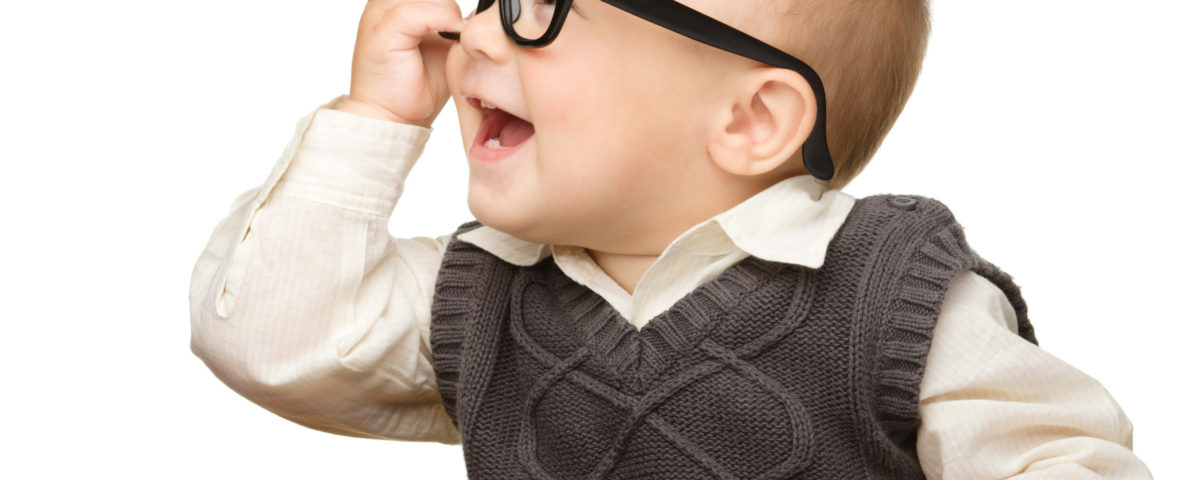- Schedule Online | Patient Login | Call or Text
- (734) 725-2020
- info@blinkmichigan.com

Gold Medal UV Protection
February 10, 2018
Winterize Your Eyes
January 29, 2019Today kicks off InfantSEE week in Michigan. This week is dedicated to raising awareness for early detection of vision problems in children. Critical vision development occurs before a baby turns one. Because of this, the American Optometric Association recommends having the first eye exam at 6 months of age. Most parents are surprised by this. A baby can’t speak, how could they complete an eye exam?
How Do You Say “Which Is Clearer, One Or Two?” In Baby Talk?
An infant eye exam looks a lot different than an adult eye exam. For the child, it mostly looks like playtime. We use lights, toys, and other hand held objects to gather information about a baby’s eye health and how their visual system is working. We get an estimate of a baby’s refractive error (prescription) without having to ask our standard, “Which is clearer, one or two?”. It is normal for babies to have some refractive error. We measure this against age appropriate norms and make recommendations follow up care. Typically, the next exam for an asymptomatic and risk free child is recommended at 3 years of age.
What Is InfantSEE?
Unfortunately, only 14% of children have an eye exam by an eye care professional by the time they start school. Vision screenings alone may identify some problems, but miss others. InfantSEE is a public health program that provides, at no charge, one comprehensive eye and vision assessment between 6 and 12 months of age. A comprehensive assessment helps identify the one out of ten children who is at risk of developing an eye or vision problem during childhood. Without early intervention, they are at risk of permanent vision impairment. InfantSEE was founded to help parents of any income level know that their baby’s vision is developing appropriately.

Reaching Milestones
Developmental milestones are important for all babies. Parents watch for and document all the big ones; rolling over, crawling, first steps, and first words. Visual milestones are not as easy to Instagram, but your baby’s first eye exam is. Remember to schedule your child’s first eye exam before their cake smash.

